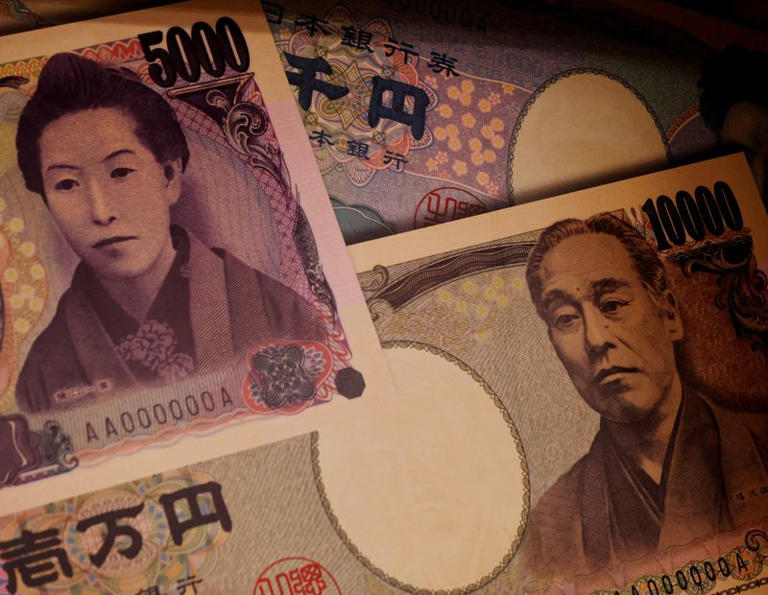Japan’s proactive stance on intervening in currency markets to stabilize the yen underscores its strategic approach to economic management amidst global financial uncertainties. Chief Cabinet Secretary Yoshimasa Hayashi’s recent statements have highlighted Japan’s commitment to ensuring that currency rates reflect economic fundamentals while mitigating excessive volatility, which can disrupt economic stability and investor confidence.
The backdrop to Japan’s interventionist stance lies in recent market movements where the yen, one of the world’s major currencies, has been trading at lows not seen in nearly four decades. Reports indicate that Tokyo may have engaged in significant yen buying activities, amounting to approximately 3.57 trillion yen ($22.51 billion) on a single day, following triggers such as a weaker-than-expected U.S. inflation report. This intervention was likely aimed at preventing further depreciation of the yen, which had initially surged 3% against the dollar in response but later retraced some gains.
The Bank of Japan’s data releases and subsequent market scrutiny have focused on discerning whether such interventions also occurred on subsequent days, particularly in response to ongoing currency fluctuations. The yen’s proximity to the 160 mark against the dollar has emerged as a critical threshold, signaling a potential line-in-the-sand for Japanese authorities concerned about the currency’s depreciation impact on the economy. A weaker yen can bolster Japanese exporters by making their goods more competitive in global markets but also poses risks by inflating the costs of imported goods, notably fuel and food, thereby potentially impacting domestic consumption and inflation.
Analysts, including Masafumi Yamamoto from Mizuho Securities, have drawn parallels between recent interventions and previous instances, noting that Tokyo’s actions were likely preemptive rather than reactive. This strategic maneuvering reflects Japan’s ongoing efforts to manage currency levels effectively, balancing the economic benefits of a competitive export sector with the broader implications for domestic purchasing power and inflationary pressures.
In navigating these complexities, Japanese policymakers have opted for a policy of non-disclosure regarding intervention actions, a practice aimed at minimizing market disruptions while maintaining flexibility in responding to currency market dynamics. This approach underscores Japan’s cautious yet decisive stance in safeguarding its economic interests amidst global economic uncertainties and geopolitical tensions.
Overall, Japan’s readiness to intervene in currency markets signals its proactive stance in maintaining financial stability and fostering sustainable economic growth, even as it grapples with the challenges posed by global economic shifts and domestic economic recovery efforts.
